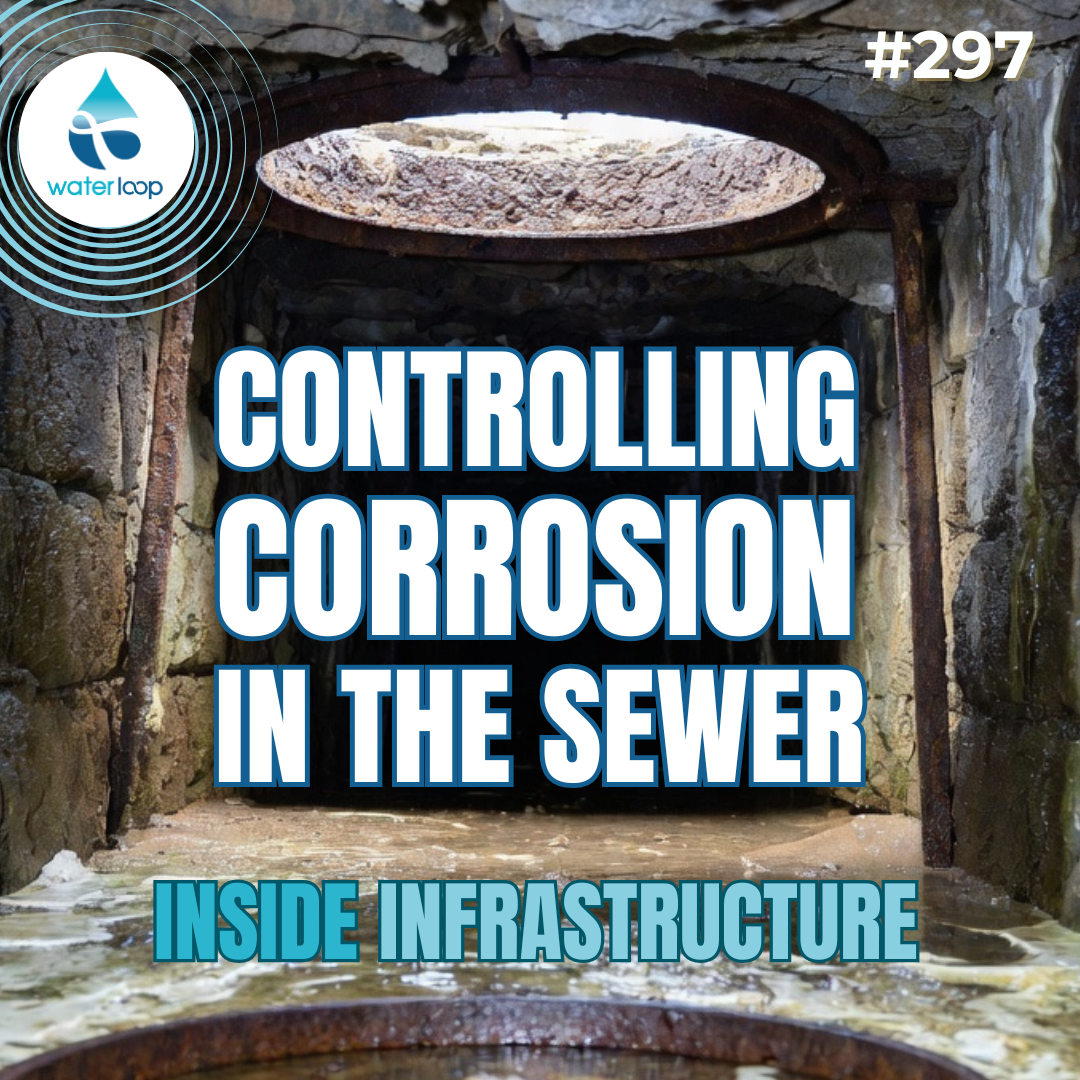Sewer Corrosion Explained: The Problem Eating Infrastructure Alive
Hydrogen sulfide is the invisible gas quietly eating away at sewer systems—driving odor complaints aboveground and concrete failure below.
In this episode of Inside Infrastructure, Kerry Koressel of IPEX explains how H₂S forms inside collection systems, why splashing and drops inside manholes turn it into a corrosive, dangerous gas, and how it can silently destroy manholes, pipes, and metal components over time. He breaks down the real costs for municipalities, from emergency repairs and bypass pumping to business impacts when odors reach streets and downtowns.
The conversation explores why these problems persist despite decades of awareness, including limited budgets, competing priorities, and the sheer scale of sewer networks. Koressel also discusses how better hydraulic design, improved materials, and oxygen-boosting strategies can suppress odors, reduce corrosion, and send “better sewage” downstream.
Together, these approaches point toward a more sustainable, lower-maintenance future for collection systems under growing environmental and financial pressure.
Learn more about solutions from IPEX.
waterloop is a nonprofit news outlet exploring solutions for water sustainability.










